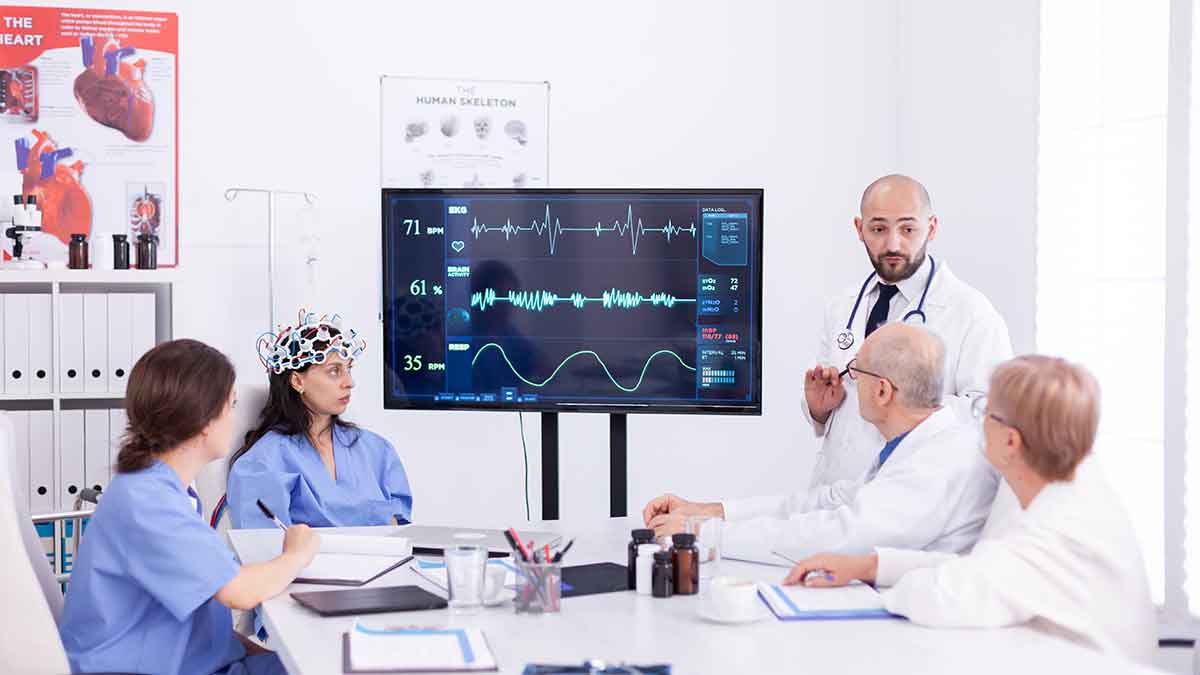IoT developers and project engineers have at their disposal a growing number of sensors which is making them smaller. MEMS (Micro-Electro-Mechanical Systems) technology has driven sensors shrinkage.
Micro-Electro-Mechanical systems are used in a variety of areas other than sensors, including communication modules, actuators and data processing devices.
These micro-machines have components that range in size between a micrometer (one thousandth of a meter), and a millimeter.
In addition, these machines can range from simple with no moving parts to complex systems that have many moving parts. Moreover, these systems can be mechanical, electrical, thermal, or chemical.
Other than the small dimensions, the machines have a few other benefits, such as: lower power consumption, better performance, and lower manufacturing cost. The latter one may be higher for product development but it decreases dramatically once manufacturers mass-produce the products.
At times, the small size of their components and their big surface area relative to their volume generally means that surface effects like electrostatics or viscosity prevail over volume effects like inertia and thermal mass.
As a result, this can help project engineers create Micro-Electro-Mechanical system sensors that are more efficient.
Future Options with Micro-Electro-Mechanical Systems
To help interact with their environment, autonomous vehicles require dozens of sensors. Furthermore, they must also be small enough not to take up too much space. The automotive sector is therefore one of the areas where Micro-Electro-Mechanical system sensor production will grow the most. This reduces the cost of installing an immediate alert system after rollover down to just a few dollars for the sensors. An example of this would be an automated blind call to emergency services.
One can implement Micro-Electro-Mechanical Systems technology in microphones. Micro-Electro-Mechanical system microphones allow for the reduction of mobile phone handsets and the creation of smaller, more discreet aids for those with hearing impairments.
Medical technology and biotechnology are the most interesting and extensive usage scenarios. For instance, a small robot can perform a procedure like a gastrointestinal exam, which doctors currently perform with a camera and a tube.





